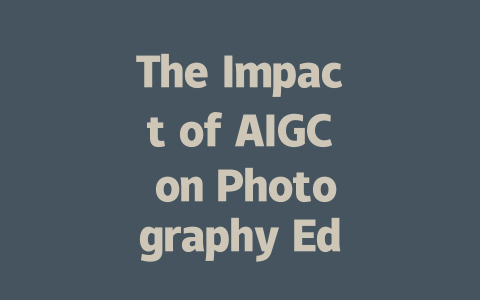
Artificial Intelligence Generated Content (AIGC) is rapidly transforming multiple domains, and photography education is no exception. As tools evolve, so too do the methods and philosophies surrounding photography. This article delves into how AIGC is influencing photography education and reshaping artistic expression.
The Rise of AIGC in Photography
The proliferation of AIGC has led to innovative possibilities in photography. No longer confined to traditional methods, photographers are now using AI-driven platforms to generate images, enhance creative workflows, and even automate post-processing tasks. This shift enables artists to explore new frontiers and push the boundaries of their creativity.
Enhancing Learning Opportunities
Photography education is increasingly adopting AIGC tools to enhance learning experiences. Students can leverage AI-driven software to receive instantaneous feedback on their work, analyze composition, and explore color theory. This tool can help them develop their artistic eye and refine their technical skills more effectively than ever before.
Personalized Education
One of the most significant advantages of integrating AIGC into photography education is the potential for personalized learning. AI algorithms can assess a student’s strengths and weaknesses, tailoring educational content to fit individual needs. By customizing learning paths, educators can help students grow at their own pace, fostering an environment where creativity can flourish.
Redefining Artistic Expression
AIGC is not just a learning tool; it also serves as a collaborator for artists. By employing AI algorithms, photographers can generate unique images that combine various styles, color palettes, and subject matters that they may not have considered. This collaboration between human and machine opens new avenues for artistic expression.
Challenging Traditional Notions of Authorship
As photographers embrace AIGC, questions arise regarding authorship and originality. When an AI generates an image based on a prompt, who is the true artist—the machine or the human who provided the input? This dilemma is reshaping how we think about creativity and creativity in photography, encouraging discussions about art’s essence and the role of technology in its evolution.
Exploring Ethical Concerns
Along with the potential for innovation, the implementation of AIGC in photography education also brings forth ethical considerations. Issues of authenticity and copyright need careful examination. Educators must instill an ethics curriculum alongside technical training to prepare students for the complexities of using AI in their creative processes.
Conclusion
The intersection of AIGC and photography education represents a dynamic and transformative era for both fields. While it offers unparalleled opportunities for creative growth and personalized learning, it also challenges traditional notions of authorship and raises ethical dilemmas. As technology continues to evolve, photographers and educators must navigate this landscape thoughtfully, ensuring that the essence of artistry remains intact in the age of AI. Embracing these changes may cultivate a new generation of artists equipped to explore the infinite possibilities that AIGC has to offer.

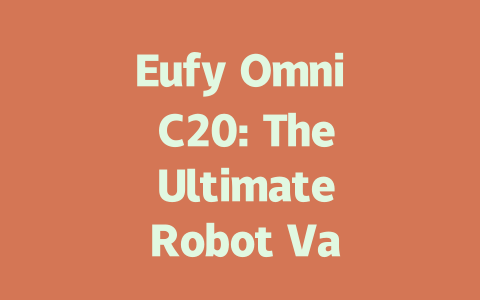




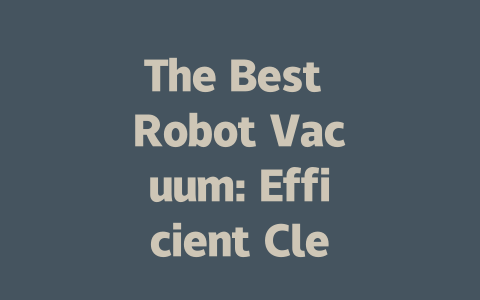
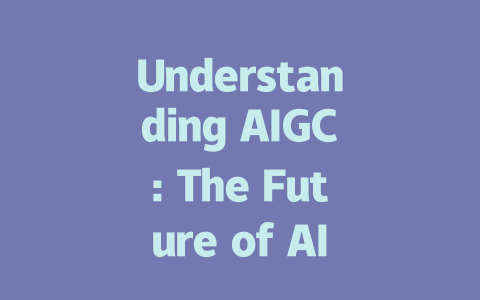
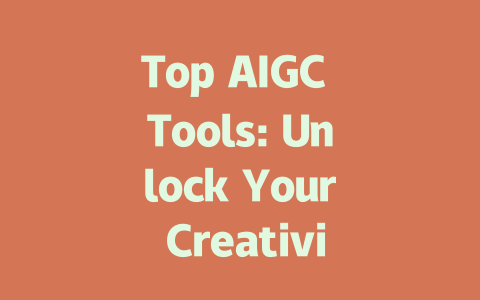

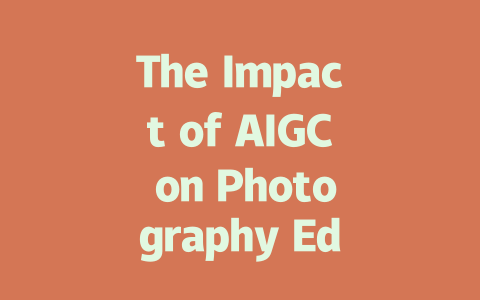
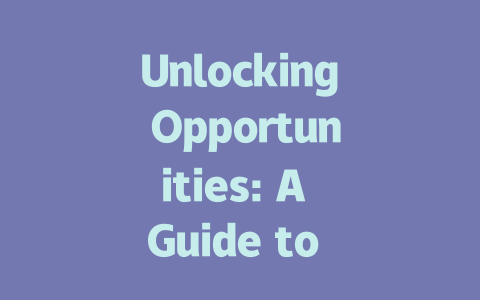
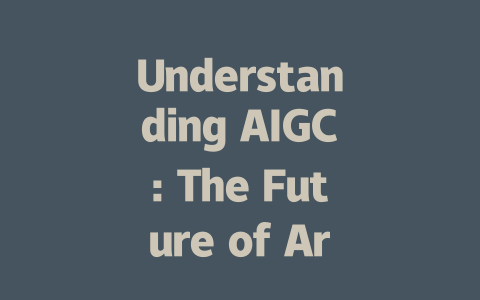

暂无评论内容